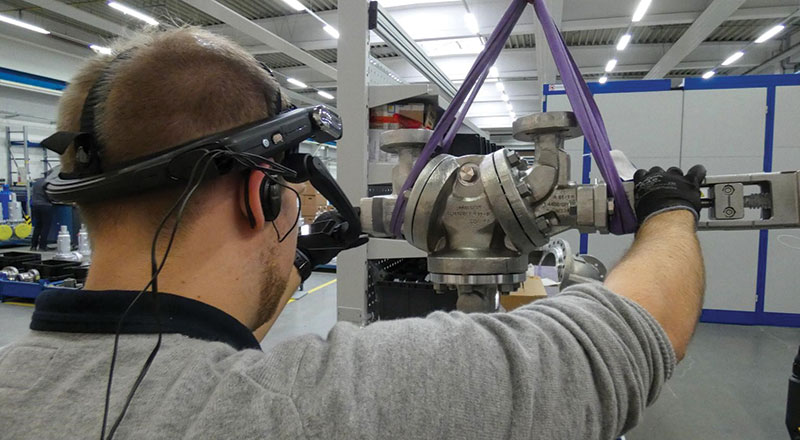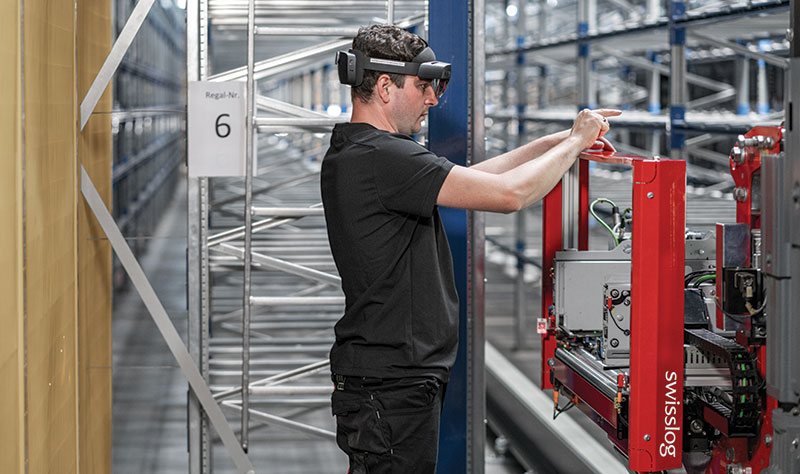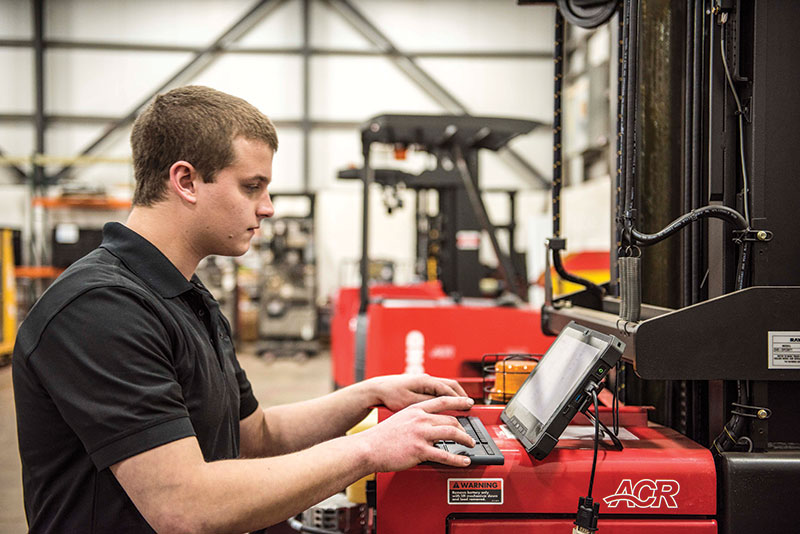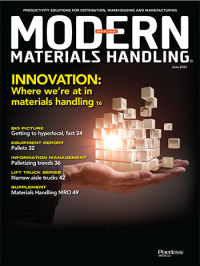For MRO remote is more than just a concept
Covid was a catalyst and advanced technology the enabler that made remote MRO training and support a force to be reckoned with. And not just until the danger of Covid passes. Remote MRO is here to stay.
For a while, remote was all about being able to change TV channels without getting off the couch. Over time, that went from pretty cool to the only option.
Remote has also touched employees who work full time yet rarely, if ever, come into an office. Until a year ago, the rest of us may have had at least a twinge of resentment now and again about that. Today, nearly every company is having a discussion about remote work.
There’s also the iPhone and FaceTime. Did anyone not like seeing someone as we talked? Of course not. But we’ve all heard or experienced in the past year a certain disenchantment with Zoom, Microsoft Teams and the like.
In all of these cases, remote added something to everyday activities even if it challenged us along the way. Then suddenly, Covid made remote a thing. And remote MRO training, monitoring and repairs came into their own.
But before we get into what remote MRO looks like these days, let’s get one thing clear: Covid was more a catalyst than an enabler. It opened the door wide to all kinds of possibilities. But without several technologies such as the Web, e-learning, smart glasses, augmented reality (AR) and more, remote MRO would not have been enabled to come into its own.
To Nils Arnold, CEO at ADTANCE, “remote is the new status quo in MRO support.” The German-based company provides a platform that uses cameras, smart phones and glasses, tablets and more for remote MRO monitoring and repair.
And from what the experts tell us, remote training is not to be underestimated.
Don’t misunderstand what you just read. Remote MRO in all forms is not ubiquitous. It is, however, a force to be reckoned with—and it came on rather quickly.
“Covid has forced all of us to make many adaptations in the past year,” says Royden Edwards, director of customer service at Swisslog. “But perhaps most importantly, Covid has forced teams to find new ways to work together.” And from all indications, those new ways are not going away.
In fact, you would be missing a major turn in standard MRO practices to think remote is still a novelty item in mid-2021. Arnold says his customer base more than tripled to more than 500 in just the past year. Something’s going on.
At Honeywell Intelligrated, remote went from an adjunct training technique to 80% of everything, explains Diane Blair, director of field operations. “We continued to hire new techs throughout Covid. We couldn’t lose a year of training new people, so we had to make it work,” she adds. At last count, Honeywell Intelligrated trained more than 700 new techs virtually in the past 15 months or so.
Meanwhile, Target is taking a look at what can be done with remote MRO training. It recently started up a new training facility in California. Interestingly, it is initially dedicated to in-person training. But the company isn’t passing up the chance for it also to be the base for remote tech training, says Phil Jones, director of supply chain engineering and facilities management at the retailer.
Remote will not replace in-person
It must be said upfront that remote is unlikely to replace in-person training. And “unlikely” might be too soft a word here. Just ask Dave Norton, vice president of customer solutions and support at Raymond. “MRO training can’t be done entirely remotely, even with virtual reality,” he says.
That said, he estimates remote training for Raymond’s techs more than doubled in the past year. At this point, Raymond still relies extensively on in-person training for the hands-on skills development of techs. “It’s impossible to replace the value of someone looking over another’s shoulder as they learn a particular skill or repair,” says Norton. And no one we spoke with for this article said anything different.

At JLG, e-learning in 2020 was up 120%, and now accounts for nearly 50% of all training, says Rick Smith, senior director of training. Yet, just a few weeks ago, in-person training was “starting to look more like pre-Covid with class sizes returning to more traditional levels,” he adds.
Making remote training work
The challenge is to find where to place the fulcrum so there is enough remote and in-person training for students. So, what does a remote training program look like today? It depends.
Honeywell Intelligrated has a library of more than 1,000 training videos as long as 30 or 60 minutes. Raymond has several hundred videos that range in length from 30 seconds to 2.5 minutes. JLG is focused on both shorter and longer videos.
“Anything more than 15 minutes is tough to swallow,” says Royden of Swisslog.
Yes, there is a difference in philosophy and practicality on several points here.
To begin, what is being taught? A detailed look at roller conveyors or how to drain water from a fuel filter? What exactly is a bite-sized teaching segment? How do you stitch together all the key training touchpoints that make techs functioning? What are people’s attention spans? How do you best keep their attention? How do you know you’ve lost their attention? The list goes on.
There’s also the matter of presentation. “Everyone has to learn how to generate student interaction,” says Blair of Honeywell Intelligrated.
Smith describes his remote instructor as most like Bill Nye, The Science Guy, in terms of style. And yes, they will cut him loose for an hour or more on a particular subject, including hydrostatic drives.
Blair says her company’s secret weapon is instructor Howard Nordyke. She describes him as a Vietnam-era Green Beret Airborne Ranger who teaches like his father preached. You don’t have to watch much of one of his hour-long presentations to get MRO religion.
Raymond uses an interactive tool to maximize interactivity during the session. Sometimes, short surveys are presented to students. “It’s all part of an ongoing attempt to ensure people are continuously engaged,” says Norton.
In short, remote learning works, but it “requires real discipline to train remote and learn remote,” says Smith.
Target is figuring out what will work for its techs. On a recent Webcast by the National Center for Supply Chain Automation (NCSCA), Jones said the retailer’s network of 40 DCs will increase significantly in the foreseeable future. To make those facilities hum, more techs and more sophisticated techs will be needed for automated systems. That will put pressure on Target’s training team to reach as many people as economically as possible.

As a first step, Target has launched a dedicated in-person learning facility in California to support five nearby DCs. But it’s already installed cameras that could take the live feed of an in-person class there to techs gathered at other locations across the country. This is only in the early stages, but makes clear that remote MRO training goes all the way to the facility level.
The look of remote support
Just as important as remote training is remote support. According to Arnold of ADTANCE, remote support runs from acceptance of new equipment to daily monitoring of its performance as well as needed repairs along the way.
And just as with training, support is unlikely to ever go completely remote. “Most of us didn’t realize how much we enjoyed and relied on the personal interactions of on-site support. People still want on-site audits and hands-on training, for instance,” says Edwards of Swisslog.
He says remote troubleshooting is on the rise, now above 50% of all troubleshooting. “As people get more comfortable with the technology, the more willing they are to have us troubleshoot remotely,” adds Edwards.
Remote troubleshooting and even repair at Swisslog combine Microsoft Teams and augmented reality (AR) headsets to connect on-site customers and remote subject matter experts. Edwards says the technology works in refrigerated and freezer environments, too.
There’s even an app for that. Krutin Shah, founder of Cameraah and former DC manager at AdoreMe, says the app allows for a video call to be teamed with AR for real-time MRO collaboration and support. “The technology allows participants on both ends of the call to see the exact issue, collaborate on needed steps and conduct the repair,” Shah adds. The system is currently in beta testing, he adds.
Back at Bastian Solutions’ remote support center, there have been changes in the past year, explains David Strawser, director of support. As DCs and other facilities adjusted their shifts to accommodate new staffing during Covid, Bastian Solutions’ support center adjusted its hours. Meanwhile, virtual meetings exploded. And today, 99% of Bastian Solutions’ repair work is remote, Strawser says.
But an even more fundamental change was underway that has changed the nature of remote MRO support. “With Covid, remote support became a different kind of remote,” says Strawser. “It changed the relationship between Bastian Solutions as a provider and the customers we serve.”
He goes on to explain that “Covid made people work together better. We were all truly there to help and learn from each other. What had been so automatic took on a new look and feel. It put everyone in a different mindset.” And that benefited remote support from monitoring equipment to making the repair.
Clearly, remote MRO has taken on a new tenor in the past year. While many like to put recent changes in the forever bucket, that distinction really doesn’t matter here. As Norton of Raymond says, “we’re never going to stop learning and improving.”

Article Topics
MRO News & Resources
Avidbots showcases autonomous cleaning robots Traka exhibits modular lockers MRO Survey: Finding and keeping the best technicians Maintenance, Repair and Operations: Understanding the true condition of the equipment Newly formed Bison combines AMETEK DFS and Bison Gear and Engineering Corp. Building (and maintaining) your maintenance, repair and operations (MRO) tech workforce The power side of lift truck battery and charger maintenance More MROLatest in Materials Handling
Beckhoff USA opens new office in Austin, Texas Manhattan Associates selects TeamViewer as partner for warehouse vision picking ASME Foundation wins grant for technical workforce development The (Not So) Secret Weapons: How Key Cabinets and Asset Management Lockers Are Changing Supply Chain Operations MODEX C-Suite Interview with Harold Vanasse: The perfect blend of automation and sustainability Consultant and industry leader John M. Hill passes on at age 86 Registration open for Pack Expo International 2024 More Materials HandlingAbout the Author
Subscribe to Materials Handling Magazine

Find out what the world's most innovative companies are doing to improve productivity in their plants and distribution centers.
Start your FREE subscription today.
April 2024 Modern Materials Handling

Latest Resources












